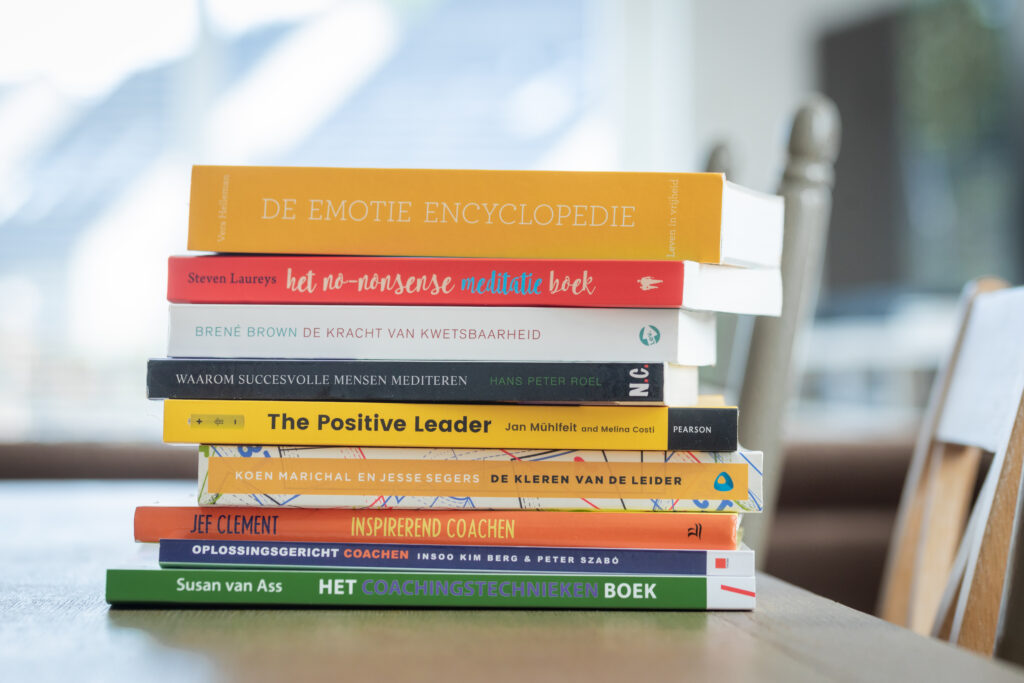
5 tips for (even more) mental resilience after 1 year of COVID-19
The corona crisis is controlling our lives for about a year now. Our certainties and liberties have changed significantly. The distractions of before exist no more. Thrown back on ourselves we reflect more than ever on the work we do, the life we lead, the relationships in which we invest.
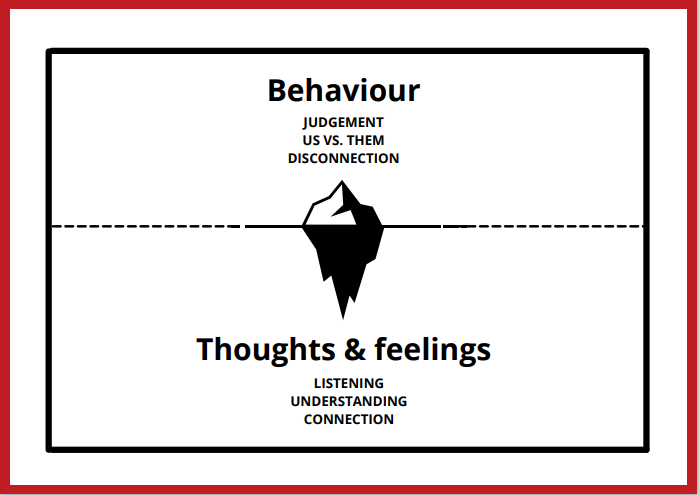
Thoughts and emotions
In the previous blog, I already wrote that regularly exploring our own thoughts and emotions is not for sissies. Indeed, it takes quite some courage, as well as heaps of empathy… For ourselves to start with.
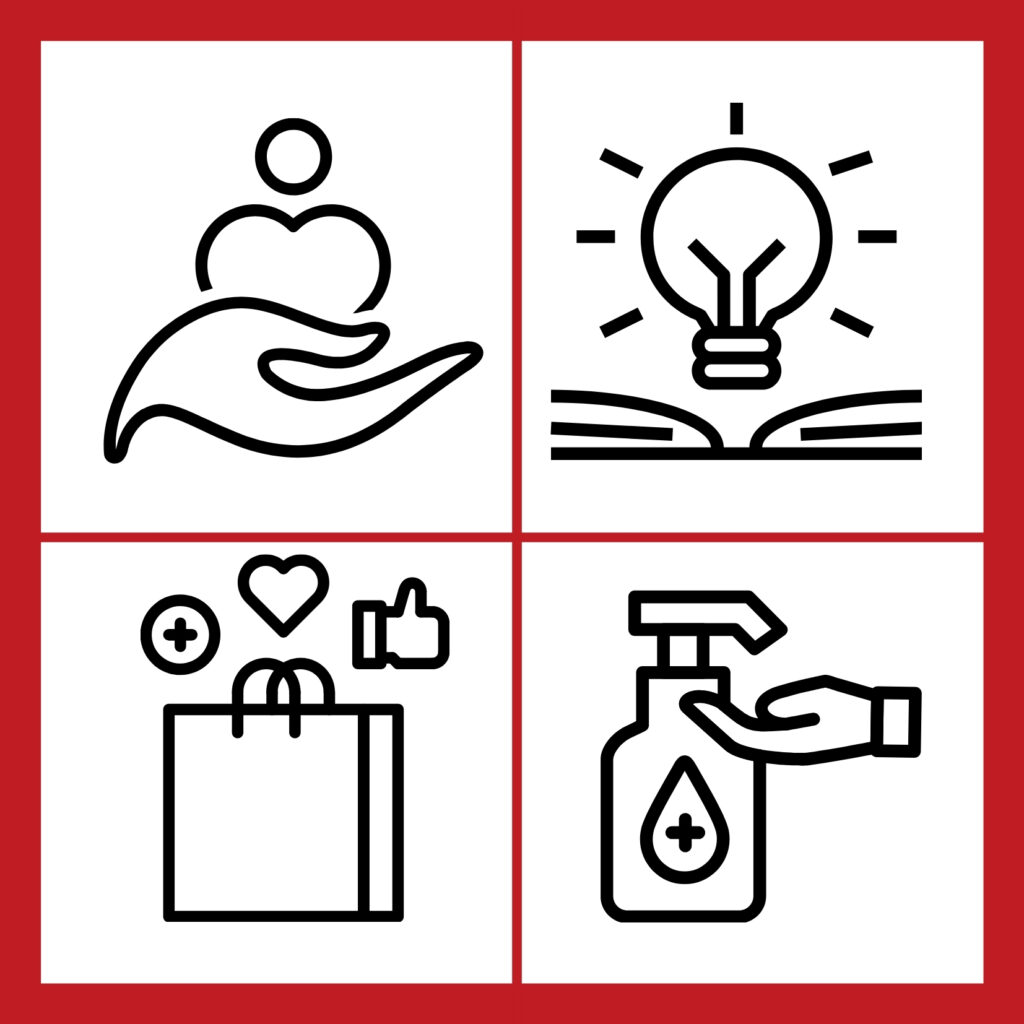
Connect!
There’s a lot to write about connection. And with connection, I don’t mean connecting via all kinds of social media, ofcourse. We know very well by now that these do not contribute to our happiness, on the contrary.
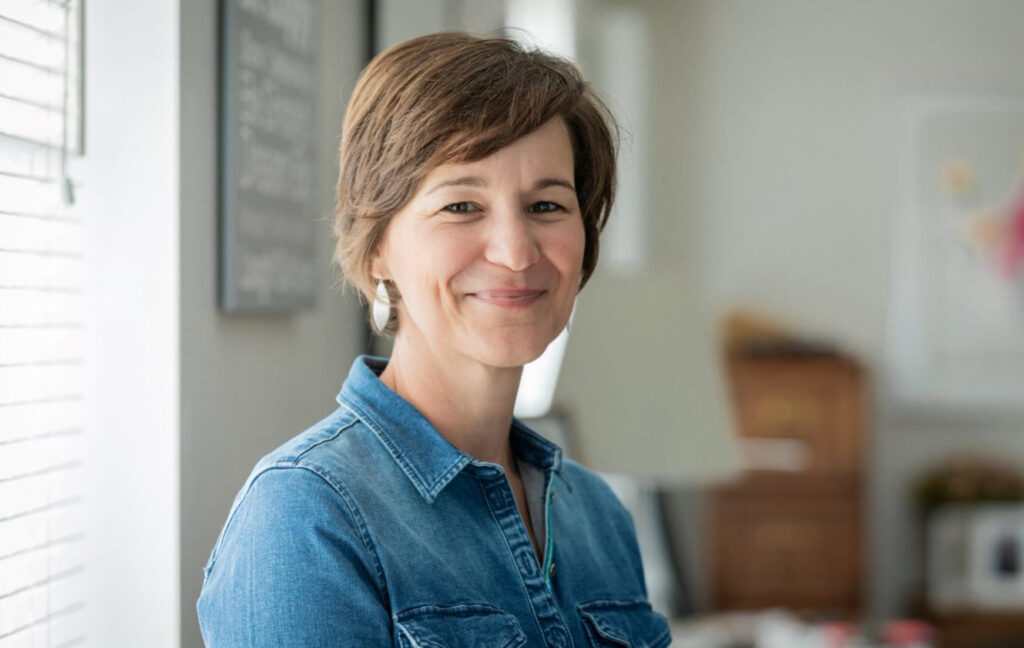
Take (even) more care of yourself
Every connection, every relationship, whether professional or personal, starts with the connection and relationship with ourselves. I often hear coachees being harsh for themselves.
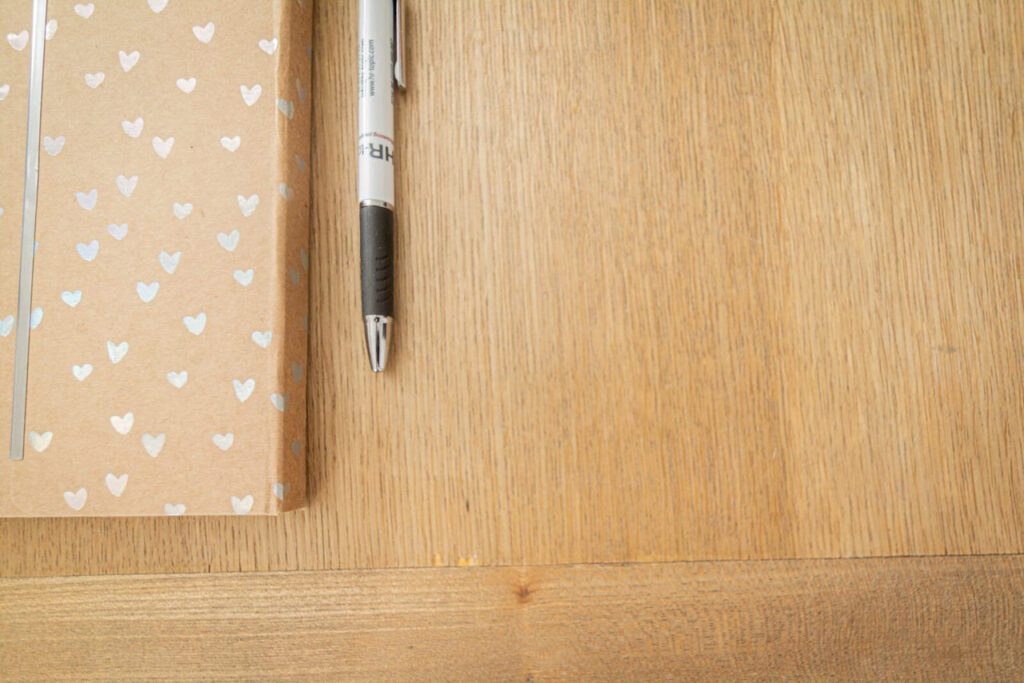
Explore your creativity
In our search for more mental resilience and well-being, creativity is an important tool. In one of her many interviews Texan researcher and author Brené Brown points out the importance of consciously cultivating creativity.
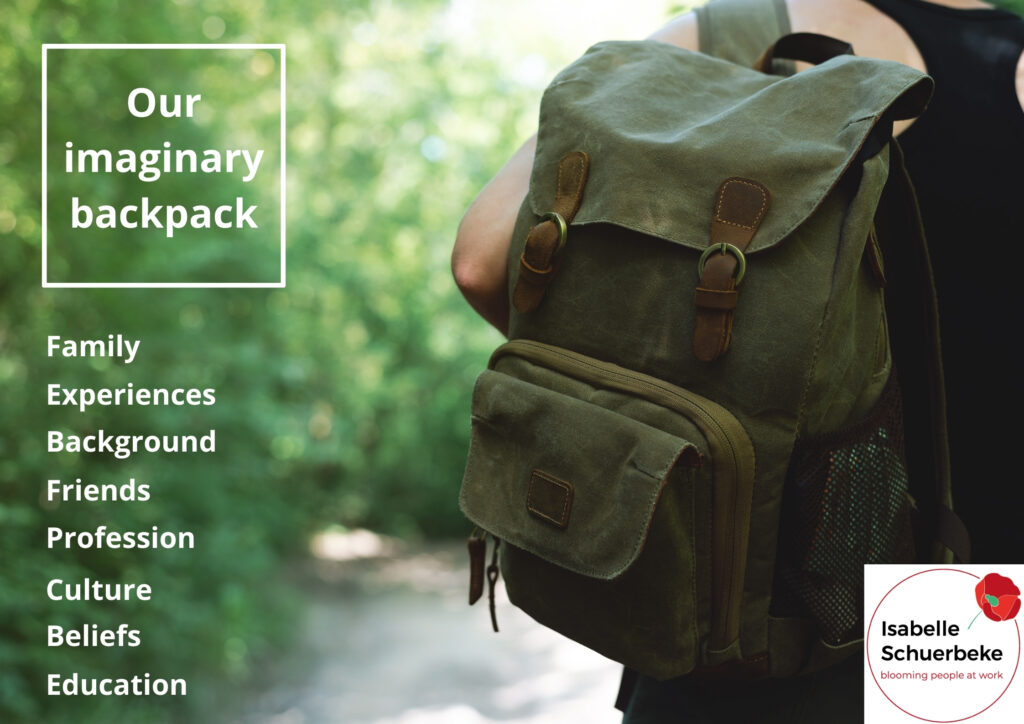
Perception
If we want to understand the challenges of communication, we need to start with the notion of perception. We too often assume that our reality is automatically someone else’s reality. In fact this is hardly ever so.
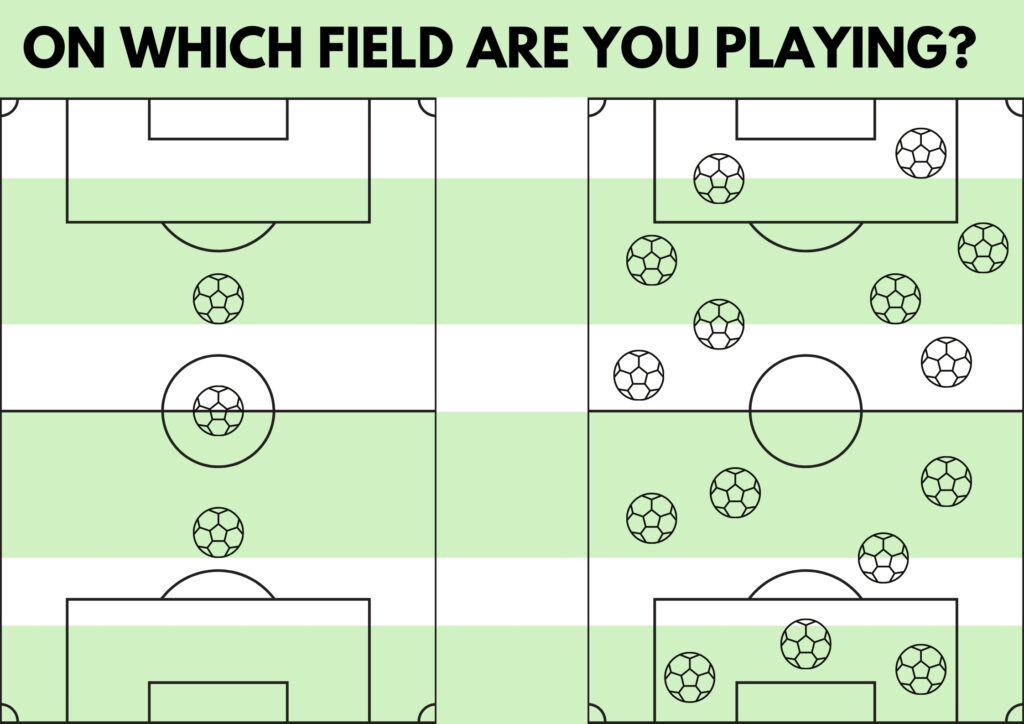
On which field are you playing?
Regardless of whether or not you are a football fan (and those who are, no doubt have the time of their lives nowadays), there is an image that I often use in coaching and training sessions which I would like to share with you.
